

In the middle of the southern side of the initial enceinte, which run
along the modern Daidalou and Chandakos str., on the southern edge of the main
street that crossed the city ending at the gate of the Mole, the modern avenue
dedicated to the Martyrs of the 25th of August 1898, was situated
the main gate, the Gate of the Fortress or Gate of the Impost, as it was called
during the Byzantine period. During the early Venetian period the gate was
called Porta Maestra and it was flanked by two quadrangular towers. Its
original place is estimated to have been by the corner of Daidalou str. and 25th
of August av. During the 15th c. reinforcement of the enceinte, the
gate was displaced shortly to the South and was flanked by a pair of towers in
projection. Since the southern enceinte became much thicker after the addition
of the bulwark, the gate received the form of a portico and a new name,
Portone. A timber drawbridge, laying on corbels, which were revealed during an
excavation in 1992, helped the transit between the gate and the opposite side
of the moat.
Around the middle of the 16th c. over the Portone was
costructed a four-storey building, which hosted warehouses and a prison
(fondaco vecchio). The gate, in its new imposing form, took the name Voltone.
The over the ground section of the gate collapsed during the earthquake of
1856. The inclined bulwark between the towers, which was preserved almost
intact under the ground, was revealed during excavations in 1992 and 2009 at a
short distance to the South of the entrance of the public Library (“Vikelaia”),
but it was backfilled once more. The projecting eastern flank-tower, on the top
of which was built a hotel named “London” was demolished in the period
1921-1926 for the construction of the municipal mansion called “Achtarika”,
which hosted the “Scientific Club” and the “Vikelaia Library”.
Recently, during the reinforcement of the building’s foundation, the
inner surface of the southern inclining masonry of the tower was revealed and
can be visited in the basement of the building. From the coats of arms of the
officials that were responsible for the construction of the tower only two have
survived, those of the general Fantino Zorzi and the counselor Giovanni Moro,
today in the Museum for the Cretan History. The western tower was demolished in
1960 to be replaced by a modern building block.
 | 1. Heraklion, Rabdh el Khandaq, Chandax, Candia, Megalo Kastro The adventure of a city | |
|---|---|---|
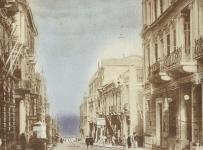 | 1.1 Candia under the Venetian occupation | |
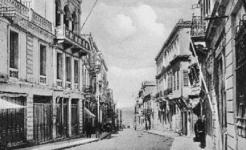 | 1.2 The public buildings | |
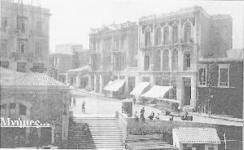 | 1.2.1 Ruga Magistra (Maistra) | |
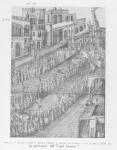 | 1.2.2 The Ducal Palace | |
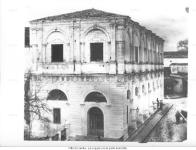 | 1.2.3 The Venetian Loggia | |
 | 1.2.4 The Warehouse for the Cereals (Fondaco) | |
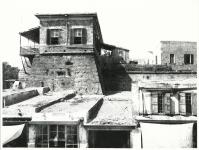 | 1.2.5 The Gate “Voltone” | |
 | 1.3 The orthodox churches | |
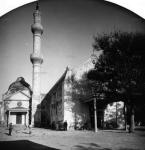 | 1.3.1 St. Catherine of Sinai | |
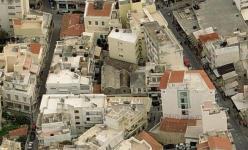 | 1.3.2 Saint Anastasia | |
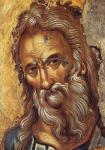 | 1.3.3 The Church of St. Mathew, dependency of Sinai | |
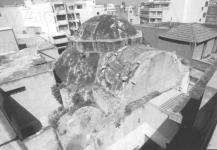 | 1.3.4 St. Onouphrios | |
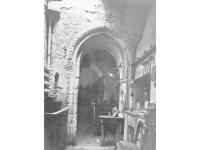 | 1.3.5 Virgin of the Angels (Santa Maria degli Angelis in Beccharia) | |
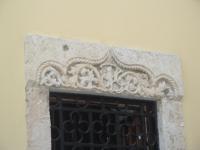 | 1.3.6 Church of the Virgin Pantanassa (southern aisle of the old Metropolis / old church of St. Menas) | |
 | 1.4 The Latin Churches | |
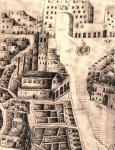 | 1.4.1 The basilica of St. Marc (ducal church) | |
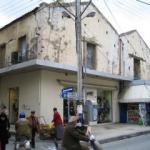 | 1.4.2 The church of Saint John the Baptist | |
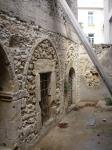 | 1.4.3 Saint Paul of the Servites (Servants of Mary) | |
 | 1.4.4 The monastery of St. Francis of the Franciscans | |
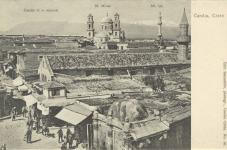 | 1.4.5 Santa Maria di Piazza (Madonina) | |
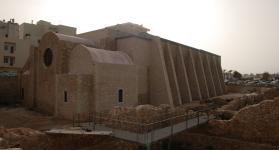 | 1.4.6 The Monastery of St. Peter of the Dominicans | |
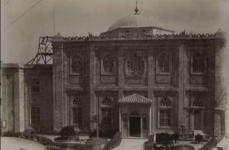 | 1.4.7 The Church of St. Titus (Latin Archdiocese) | |
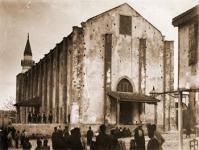 | 1.4.8 The church of San Salvatore | |
 | 1.5 The fountains and hydraulic works | |
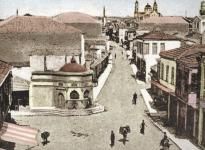 | 1.5.1 The Fountain of the Ruga Panigra (Strata Larga) | |
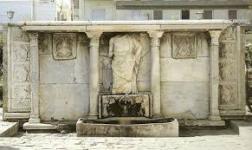 | 1.5.2 The Bembo fountain | |
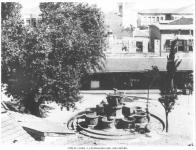 | 1.5.3 The Morozini Fountain | |
 | 1.5.4 The Priuli fountain | |
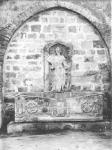 | 1.5.5 The Sagredo fountain |